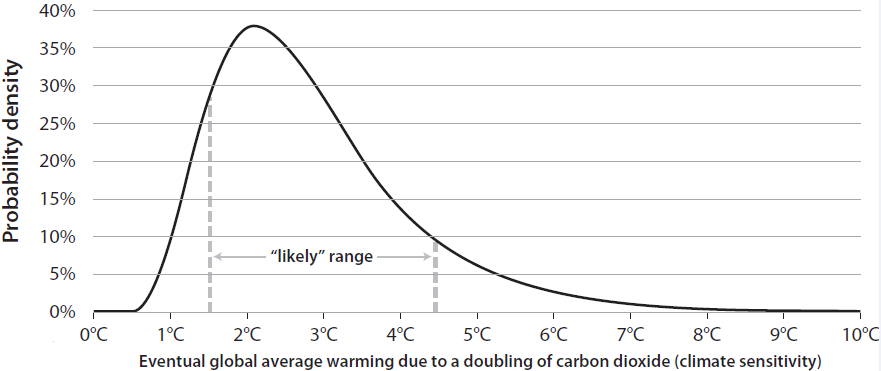 By Dan Dudek
By Dan Dudek
The New York Times revealed in a Nov. 4 article that China has been burning as much as 17 percent more coal annually than previously thought, citing new Chinese government data.
It was sobering news to all of us who are working to reduce China’s dependency on fossil fuels, but not necessarily a verdict on the country’s – or the world’s – prospects going forward.
It’s important to note, first of all, that China’s revised coal consumption numbers have not changed scientists’ estimates of global carbon dioxide levels in the air. Unlike national emissions data, which is based on fuel consumption statistics, global levels are measured directly.
So what do we make of the news that China, the world’s largest greenhouse gas emitter, has been underestimating coal use since 2000?
China needs good data, and knows it
Significantly higher emissions in any country increase the urgency and difficulty of avoiding the worst impacts of climate change – and this is especially true for an economy the size of China’s. However, it is significant that this story was prompted by the Chinese government reporting its own data corrections, and not by an external watchdog.
China has acknowledged the challenges it faces trying to develop robust emissions estimates, and the new numbers, though troubling, are a sign that the country is making progress in this regard.
This is important not just for the international climate negotiations that kick off in Paris later this month, but also for China’s long-term strategy.
China has made it a priority to upgrade its baseline inventory emissions data, especially for sources that might be included in its national emissions trading system. Good baseline data is a prerequisite to the effective carbon trading and reduction program Environmental Defense Fund has been working toward for 25 years.
Needed now: Deeper emissions cuts
It’s also important to note that while the emission data was revised, China’s growth in coal consumption has actually been declining, a trend that remains unchanged and will likely continue.
The government has recently targeted 6.5 percent economic growth as the official target for the next five years, down from the recent 7- percent rate. Slower growth, air quality concerns, new requirements to invest in renewables and energy efficiency, and the international commitments to peak emissions and introduce a carbon market will all put continued downward pressure on coal.
China’s data correction does not change our basic understanding of what it will take to reach the crucial turning point where global emissions finally level off and begin to decline.
We have long known that much deeper reductions will be required to get us there. The Paris commitments are shaping up to be a major milestone on that road, but won’t by themselves get us where we need to go.
For China, the solution remains a national carbon market that creates the incentives to lower emissions as efficiently as possible. China remains committed to launching the market in 2017.
For all of us who understand the urgency of global climate change, The New York Times story is a reminder that there is still a great deal of work still to be done – in China and beyond.
Image source: Flickr/Nicolò Lazzati
This post originally appeared on our EDF Voices blog.













 Seven months ago, I made a
Seven months ago, I made a 